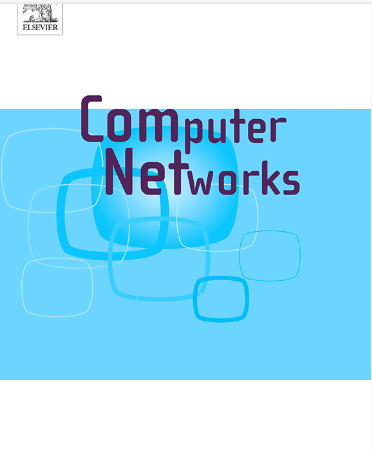支持Web 3.0的技术:全面调查
IF 4.4
2区 计算机科学
Q1 COMPUTER SCIENCE, HARDWARE & ARCHITECTURE
引用次数: 0
摘要
Web 3.0代表了Internet演进的下一个阶段,旨在增强用户的自主性、效率、质量、安全性和隐私性。这种演变有可能通过利用尖端支持技术的进步使内容访问民主化。在本文中,我们深入调查了Web 3.0背景下的使能技术,如区块链、语义网、3D交互式网、元宇宙、虚拟现实(VR)和增强现实(AR)、物联网(IoT)技术,以及它们在塑造Web 3.0中的作用。我们首先提供Web 3.0的全面背景,包括它的概念、基本架构、潜在的应用和行业采用。随后,我们将研究物联网、5G和区块链技术的最新突破,这些技术对Web 3.0的发展至关重要。随后,讨论了其他使能技术,包括人工智能、语义网和3D交互式网。利用这些技术可以有效地解决实现Web 3.0的关键挑战,例如确保分散的身份、平台互操作性、数据透明度、减少延迟和增强系统的可伸缩性。最后,我们强调了与Web 3.0实现相关的重大挑战,强调了潜在的解决方案,并对该领域未来的研究方向提供了见解。本文章由计算机程序翻译,如有差异,请以英文原文为准。
Enabling technologies for Web 3.0: A comprehensive survey
Web 3.0 represents the next stage of Internet evolution, aiming to empower users with increased autonomy, efficiency, quality, security, and privacy. This evolution has the potential to democratize content access by leveraging advancements in cutting-edge enabling technologies. In this paper, we conduct an in-depth survey of enabling technologies in the context of Web 3.0, such as blockchain, semantic web, 3D interactive web, Metaverse, Virtual Reality (VR) and Augmented Reality (AR), Internet of Things (IoT) technology, and their roles in shaping Web 3.0. We commence by providing a comprehensive background of Web 3.0, including its concept, basic architecture, potential applications, and industry adoption. Subsequently, we examine recent breakthroughs in IoT, 5G, and blockchain technologies that are pivotal to Web 3.0 development. Following that, other enabling technologies, including AI, semantic web, and 3D interactive web, are discussed. Utilizing these technologies can effectively address the critical challenges in realizing Web 3.0, such as ensuring decentralized identity, platform interoperability, data transparency, reducing latency, and enhancing the system’s scalability. Finally, we highlight significant challenges associated with Web 3.0 implementation, emphasizing potential solutions and providing insights into future research directions in this field.
求助全文
通过发布文献求助,成功后即可免费获取论文全文。
去求助
来源期刊

Computer Networks
工程技术-电信学
CiteScore
10.80
自引率
3.60%
发文量
434
审稿时长
8.6 months
期刊介绍:
Computer Networks is an international, archival journal providing a publication vehicle for complete coverage of all topics of interest to those involved in the computer communications networking area. The audience includes researchers, managers and operators of networks as well as designers and implementors. The Editorial Board will consider any material for publication that is of interest to those groups.
 求助内容:
求助内容: 应助结果提醒方式:
应助结果提醒方式:


